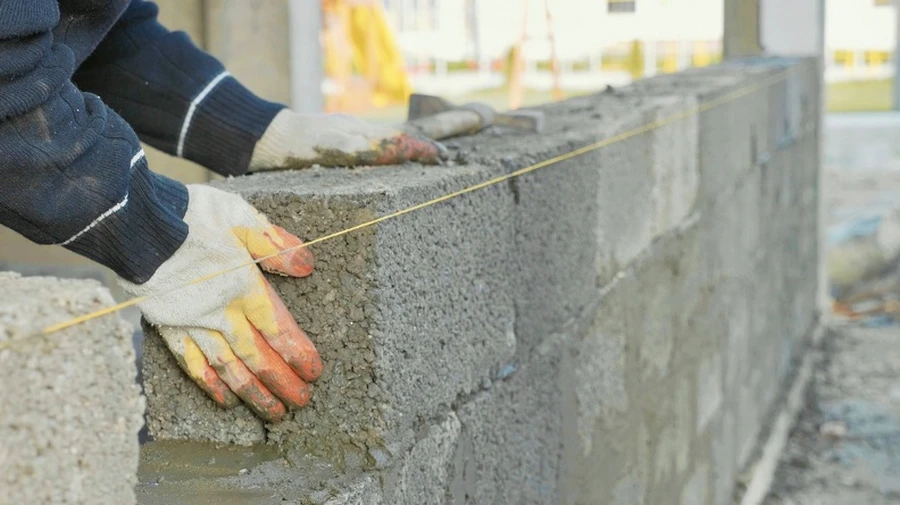How to Maintain Stability After Retaining Wall Repair
Ensuring Long-Lasting Wall Support With Proper Care
Understanding how to maintain stability after retaining wall repair is crucial for property owners. A well-maintained wall prevents soil erosion and protects your landscape from significant damage. To ensure that your repaired retaining wall remains stable, it’s essential to follow a few guidelines consistently. These practices not only extend the lifespan of the wall but also enhance its strength and reliability. By taking proper care, you will safeguard your investment and enjoy the benefits of a durable structure.

Regular Inspection and Maintenance Routines
Once you’ve completed a retaining wall repair, incorporating regular inspections into your maintenance routine is vital. Inspections help identify potential issues early, such as cracks or shifts in the wall structure, which may require immediate attention. Regularly check for signs of water accumulation at the base of the wall, as this can lead to instability over time. Address these issues promptly to prevent further complications and maintain the integrity of your retaining wall.
- Inspect for cracks or structural shifts
- Check drainage systems for blockages
- Monitor water accumulation near the wall base
- Trim nearby vegetation regularly
- Reinforce weak sections when needed
Water Management Techniques to Enhance Stability
A critical aspect of maintaining stability after completing retaining wall repair involves effective water management. Ensuring that proper drainage systems are in place helps divert water away from the wall. Gutters and downspouts should be directed away from the structure to reduce pressure on it. Additionally, installing a French drain or similar system behind the wall can effectively channel excess moisture away, reducing the risk of erosion and subsequent instability.

Sustaining Structural Integrity With Vegetation Control
Controlling vegetation around your retaining wall is another crucial factor in preserving its stability. Overgrown plants and roots can exert pressure on the wall, potentially leading to damage. Regularly trimming back any trees or shrubs near the wall will minimize their impact. Consider planting ground cover with shallow roots, which helps to stabilize the soil without compromising the wall’s foundation. This approach supports both aesthetic appeal and structural health.
Professional Assistance for Long-Term Solutions
In some cases, despite best efforts, professional assistance may be necessary to achieve long-term stability after a retaining wall repair. Consulting with experts ensures that any underlying issues are accurately addressed. Professionals have the tools and expertise required to fortify the structure and provide tailored solutions. By working with specialists, you can rest assured that your retaining wall will remain secure and functional for years to come. Located in Kirkland, WA, we offer services that cater to every need. Our team at JFR Concrete Services provides comprehensive support to enhance your property’s landscape. Contact us at (206) 753-9619 to ensure your retaining walls remain resilient.
